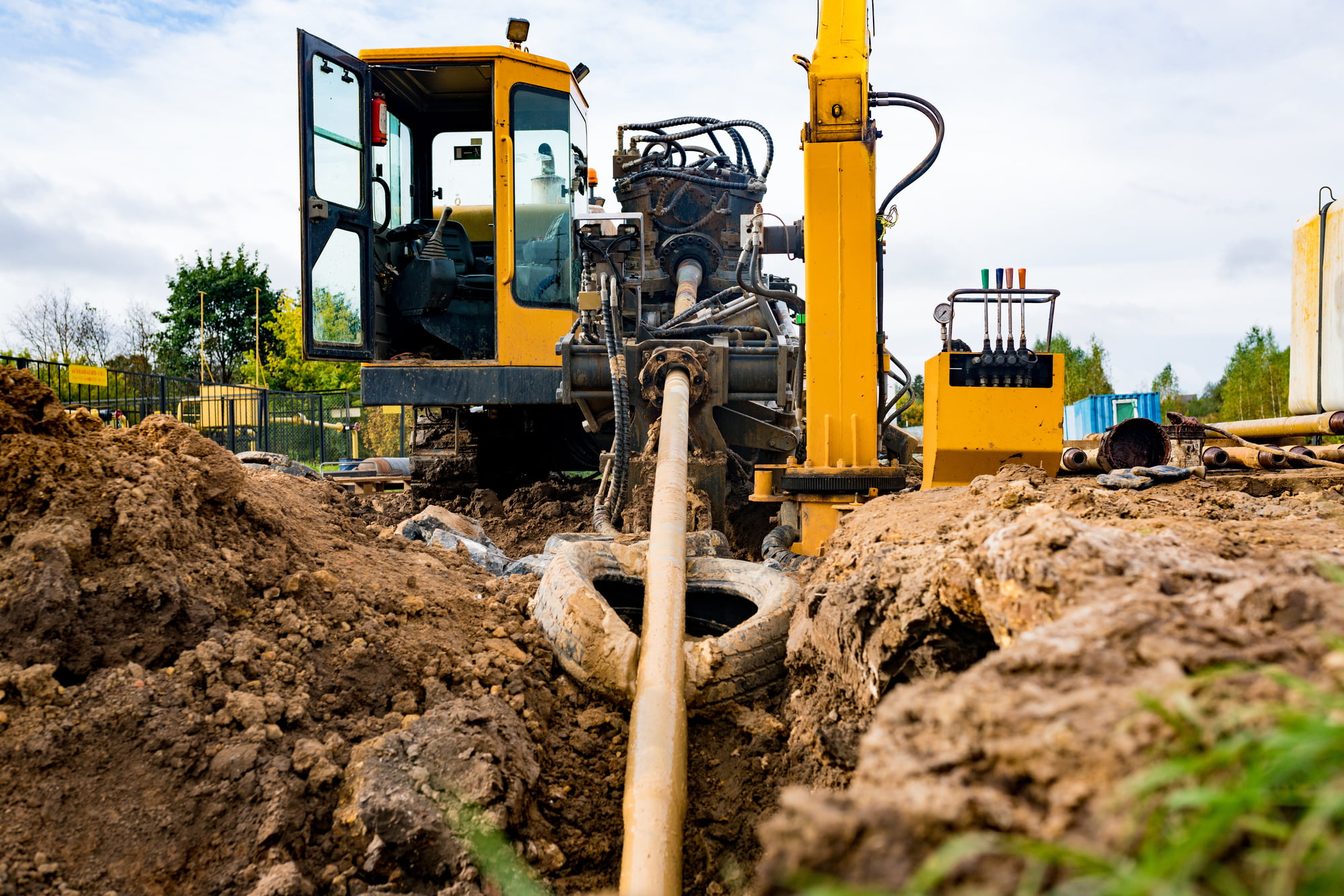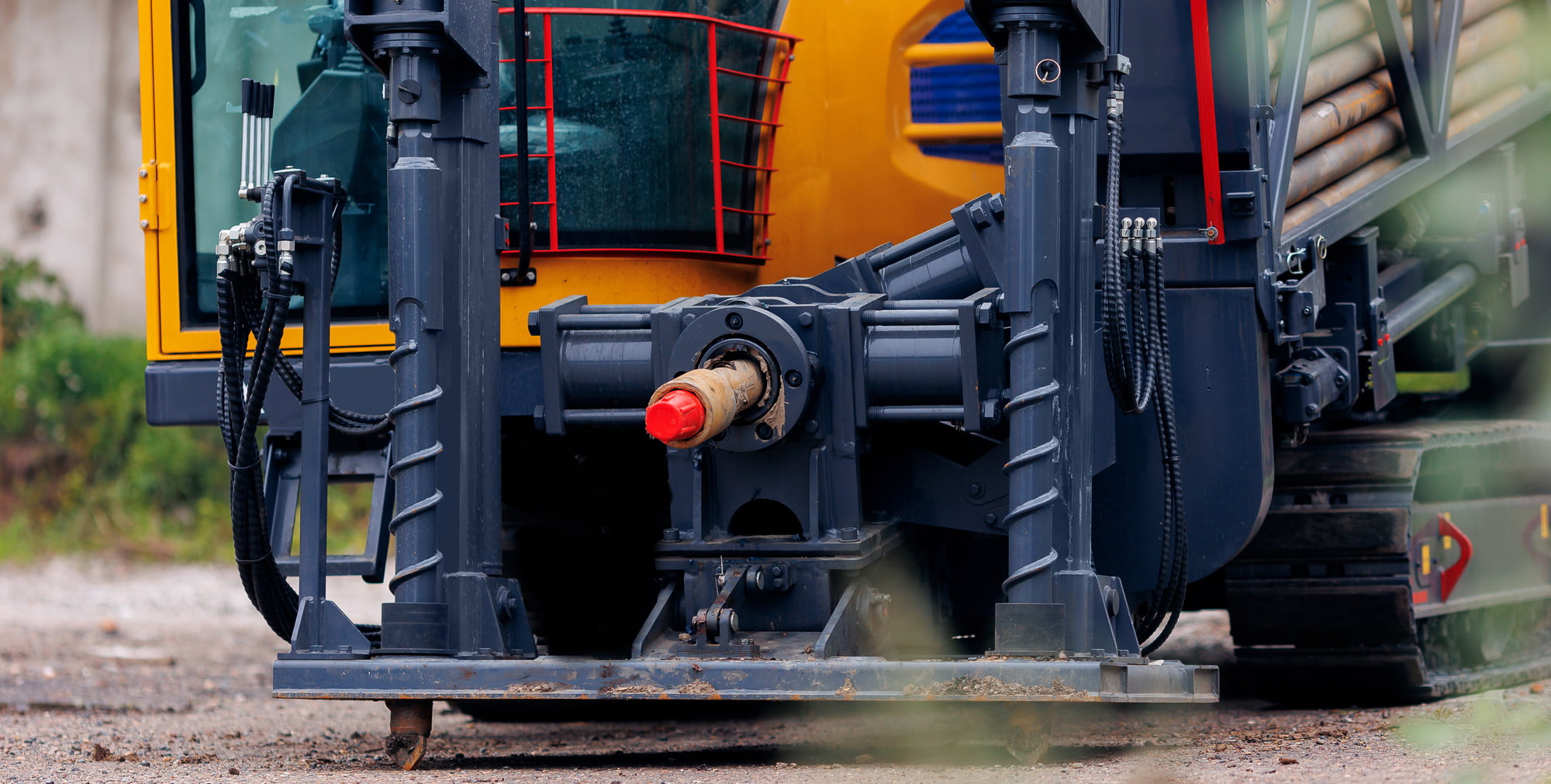
Imagine a pipeline project that minimizes disruption to the surrounding landscape and communities. This is the unique advantage of trenchless technology, a method transforming pipeline construction. More efficient than traditional digging, it significantly reduces environmental damage.
This approach offers a safer, cost-effective, and eco-friendly alternative for pipeline installation and repair. It reshapes the way professionals approach underground infrastructure, leading to smoother, less invasive projects.
In this article, we’ll explore the techniques, benefits, and impact of this no-dig technology. Whether you’re an experienced professional or new to the field, understanding this innovative method is crucial for modern construction.

What Is Trenchless Technology?
Trenchless technology involves installing, repairing, or replacing underground pipelines without extensive excavation. This approach, emerging as a solution to the limitations of traditional trenching, minimizes surface disturbance, making it a more sustainable and less intrusive option. It encompasses a range of techniques, each tailored to specific project requirements and ground conditions.
The core principle of this technology is to perform underground work with minimal surface impact. This is achieved through methods like horizontal drilling or inserting new pipes into existing pathways. The techniques vary based on the nature of the project, but the overarching goal remains consistent: to reduce the need for large-scale surface excavation.
This method’s growing popularity stems from its ability to maintain the integrity of the surface area, be it urban streets, natural landscapes, or inhabited spaces. By limiting the disruption typically associated with pipeline construction, trenchless technology represents a significant advancement in the field, aligning with modern construction values of efficiency and minimal environmental impact.
Techniques In Trenchless Technology
Trenchless technology has brought a diverse range of techniques to the forefront of underground construction. Each method is tailored to meet specific challenges in pipeline installation and repair.
- Horizontal Directional Drilling (HDD): HDD is ideal for installing pipelines beneath obstacles such as rivers, roads, or buildings. It involves drilling a guided path underground and pulling the pipeline through this tunnel. Favored for its minimal environmental impact, HDD navigates effectively around underground obstacles.
- Pipe Bursting: Used for replacing existing pipelines, this technique involves breaking apart the old pipe while simultaneously pulling in a new one. Pipe bursting is especially useful in urban areas, where it significantly reduces the need for extensive excavation.
- Microtunneling: A remote-controlled method suited for smaller diameter pipe installations, microtunneling uses a tunneling machine for precise underground work. It’s commonly employed in congested urban areas or locations requiring minimal surface interference.
- Cured-in-Place Pipe (CIPP): This method is used to refurbish existing pipelines. It involves the insertion of a liner soaked in resin into the impaired pipe. Once this liner is in place, it’s cured to create a robust, continuous internal lining. The popularity of this technique stems from its efficient approach to pipeline repair without the need for digging.
- Slip Lining: One of the oldest trenchless techniques, slip lining involves inserting a new, smaller pipe into an existing, larger one. It’s primarily used for pipeline rehabilitation, offering a straightforward and effective way to extend the lifespan of existing pipelines.
Organizations like NASSCO play an essential role in providing education and resources on these techniques, ensuring the effective and safe implementation of these modern methods.
Innovations In Trenchless Technology
As this subsurface technology evolves, so do the innovations that make these methods more efficient, precise, and environmentally friendly. These advancements not only enhance existing techniques but also pave the way for new possibilities in underground construction.
- Smart Sensors In HDD: The integration of smart sensors in horizontal directional drilling has greatly improved its accuracy and efficiency. These sensors provide real-time data, allowing for precise navigation and adjustments during drilling, significantly reducing the risk of errors and the impact on surrounding areas.
- Eco-Friendly Materials For CIPP: Recent developments in the materials used for cured-in-place pipe lining have emphasized environmental sustainability. These new, eco-friendly resins and liners reduce the ecological footprint of the repair process, aligning with global environmental conservation goals.
- Advanced Robotics In Microtunneling: Robotics technology has brought a new level of precision and safety to microtunneling. These advanced systems reduce the need for manual intervention, increasing the speed of the construction process while ensuring greater accuracy and safety.
- Non-Invasive Ground Penetrating Radar (GPR): GPR technology allows for detailed underground mapping without any excavation. This innovation is crucial in executing trenchless projects, as it helps identify potential obstacles and plan the most effective route for pipe installation.
- UV Curing Systems For CIPP: Ultraviolet (UV) light curing systems have revolutionized the CIPP process. This technology allows for faster curing times and a more controlled process, resulting in a durable and reliable pipeline repair solution.
These innovations are refining non-invasive pipeline installation and setting new standards for efficiency and sustainability in underground construction.

Challenges And Considerations In Trenchless Technology
While trenchless technology offers many advantages, it also comes with its own set of challenges and considerations that need careful attention.
- Soil And Geological Constraints: The effectiveness of trenchless methods can vary significantly based on soil conditions. Selecting the right technique for the terrain is vital to avoid complications during installation.
- Technical Limitations And Costs: Some techniques have limitations in terms of pipe size or project scale. Additionally, initial costs can be higher than traditional methods, necessitating careful budget planning.
- Regulatory Compliance: Adhering to local and environmental regulations is critical. This includes navigating complex legal requirements and ensuring minimal ecological impact.
Addressing these challenges is crucial to fully utilizing the capabilities of this technology, ensuring both efficiency and compliance in construction projects.
Practical Advice For Industry Professionals
Implementing trenchless technology requires strategic planning and execution. Here are some practical tips for industry professionals:
- Prioritize Training: Regularly train your team in the fundamentals and latest techniques of this no-dig technology to maintain high levels of expertise and efficiency.
- Evaluate Project Requirements: Assess each project carefully to select the most appropriate method, considering factors like soil conditions, pipe dimensions, and environmental impact.
- Stay Informed On Technological Advancements: Keep abreast of emerging tools and methods in trenchless technology to enhance your operational capabilities and project outcomes.
- Conduct Environmental Assessments: Undertake thorough environmental impact studies for each project to mitigate risks and ensure adherence to ecological regulations.
- Plan For Future Maintenance: Factor in long-term maintenance and the durability of materials when planning projects for lasting effectiveness and minimal future disruptions.
By adopting these strategies, professionals can leverage this subsurface technology for efficient, environmentally responsible, and successful project outcomes.
Final Thoughts
Trenchless technology represents a major advancement in pipeline construction, combining efficiency and environmental care. This shift from traditional methods to innovative techniques is redefining how we manage underground infrastructure. With ongoing developments in techniques and tools, this technology meets current industry needs and shapes future construction practices.
For professionals in the field, adapting to these changes is essential. Embracing this technology means improved project efficiency and a stronger focus on environmental sustainability. This blend of innovation and responsibility will play a significant role in the development of future infrastructure, reflecting a balanced approach to progress in pipeline construction.
